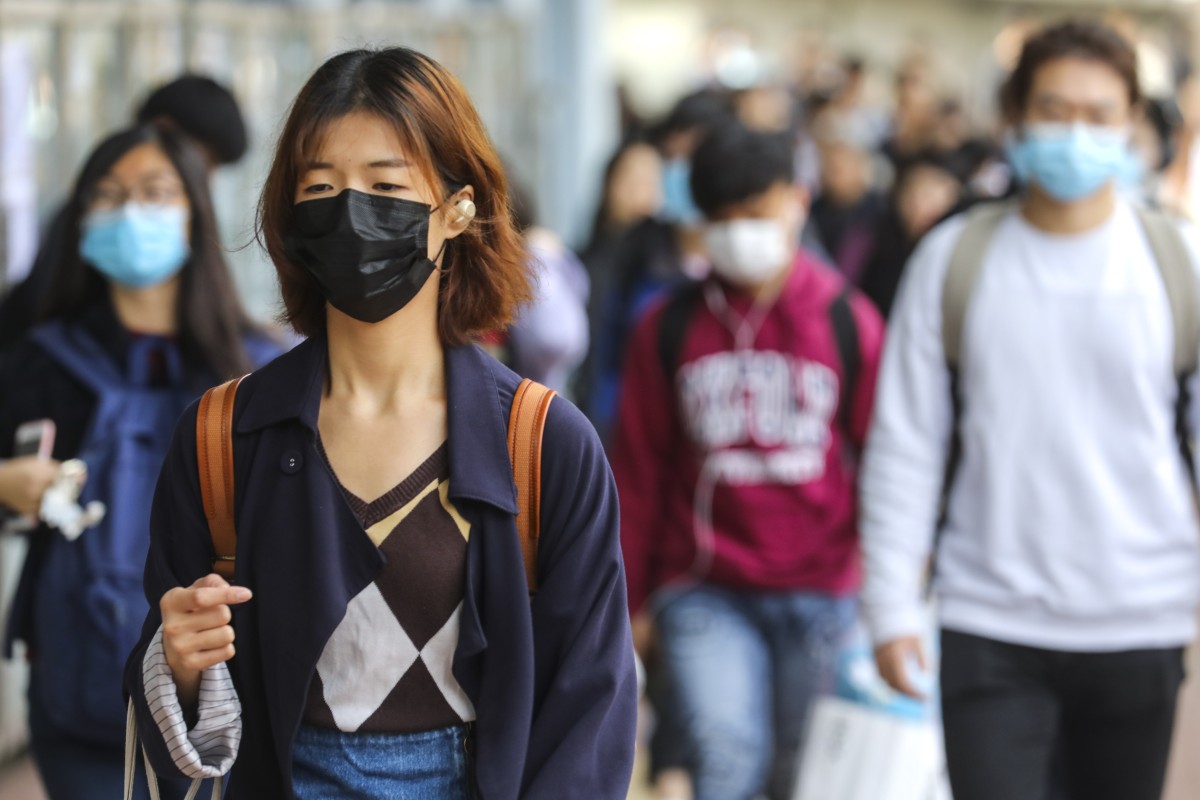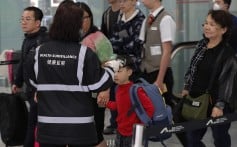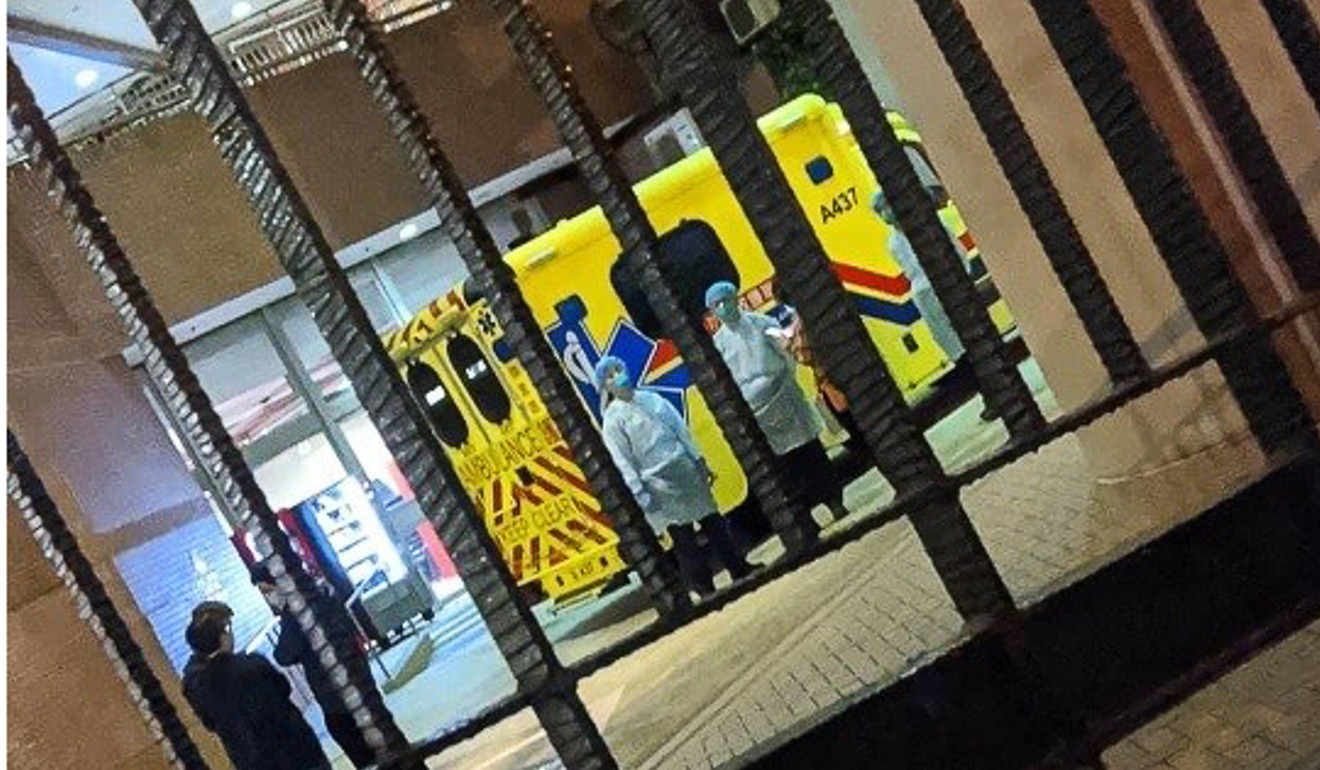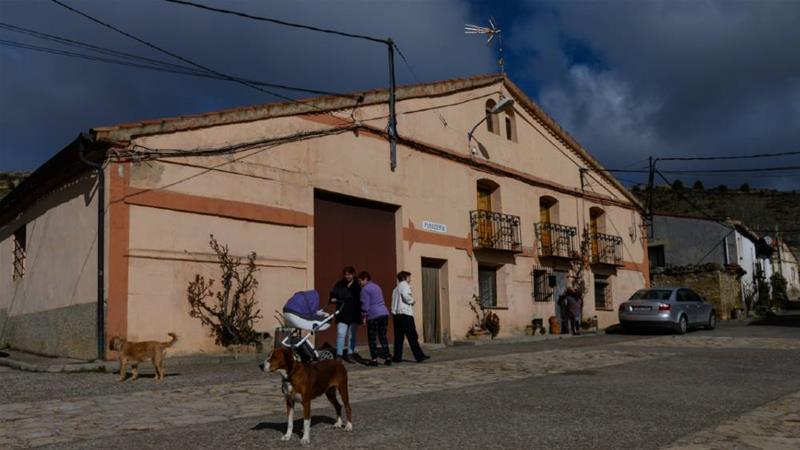Several of the victims were students or faculty at the University of Alberta
A newlywed couple, a family of four and a mother with her two daughters were among more than two dozen Edmontonians killed when a Ukrainian passenger plane crashed minutes after takeoff Wednesday from Tehran's main airport.
Payman Parseyan, a member of the Iranian-Canadian community in Edmonton, said he knew many passengers who were on board Ukraine International Airlines Flight PS752
All 176 people on board the Kiev-bound Boeing 737 were killed.
Reuters is reporting 30 of the dead were from Edmonton, almost half of the 63 Canadians identified by officials so far as having died in the crash. Many of the known victims from Edmonton have associations with the University of Alberta.
"We lost a significant portion of our community," Parseyan told CBC Radio's Edmonton AM. "Everybody in Edmonton that's of Iranian descent will know somebody that was on that flight."
'Shocking to the whole community'
Arash Pourzarabi and Pouneh Gorji, both in their mid-20s, were graduate students in the U of A's computer science program. They had travelled to Iran for their wedding, said Reza Akbari, president of the Iranian Heritage Society of Edmonton.
He said he heard the couple was accompanied by four friends who travelled with them to celebrate the wedding.
"It's devastating and shocking," Akbari said. "It's a tragic moment."
Akbari said a group chat on the app Telegram has become a lengthy memorial, with people from the Iranian community sharing stories about those who have been lost.
"When you go from top to the bottom, it's hard to believe — all these wonderful people ... these people who really were actually impactful in our community, they're not among us anymore. And in one incident all of them are gone."
Akbari said he knew eight or nine of the victims, and knew two of them well. He said he expects the grief will spread well beyond the Iranian community.
"I have no doubt that there's so many people in Edmonton, regardless of their cultural background, they know them because there's doctors, university professors, among these people. It's just tragic."
U of A engineering professors Pedram Mousavi and Mojgan Daneshmand, and their daughters, Daria and Dorina, were killed, said Masoud Ardakani, associate chair of the University of Alberta's electrical and computer engineering department.
Daria, born in 2005, attended Allendale School, and her sister, Dorina, born in 2010, attended Windsor Park School.
Dr. Shekoufeh Choupannejad, an obstetrician-gynecologist at the Northgate Centre Medical Clinic in Edmonton, and her two daughters, were also killed, Parseyan said.
Both daughters are U of A students. Saba Saadat was studying medicine; her sister, Sara, was a clinical psychology student.
Parseyan said many international students can't travel to the United States, so they travel through European connections.
Information was shared among Iranians in Edmonton through a chat group, and once manifests were released, names were cross-referenced and confirmed, he said.
A community group of about 100 people has formed to make arrangements for families of the victims, Parseyan said.
"Edmonton's Iranian community isn't Canada's largest Iranian community, but we are working together to ensure all members of the community are supported during this difficult time."
According to 2016 census statistics, the Edmonton area had 4,630 people who identified as being of Iranian origin.
Canada as a whole had 210,405 people who listed Iran as their country of ethnic origin — or one of multiple countries of ethnic origin — in that census.
The largest Iranian populations are in southern Ontario, B.C. and Quebec, with the biggest communities in:
- The Toronto census metroplitain area: 97,110;
- The Vancouver area: 44,355;
- The Montreal area: 23,410.
Families search for more info
Parseyan said members of the community learned about the crash while watching the news of Iran's missile attacks against two airbases in Iraq housing U.S. and coalition forces that took place a few hours before the crash.
"Many were expecting their friends and [family] members to come back ... [and] were well aware what flight they were on," said Parseyan, a former president of the Iranian Heritage Society of Edmonton.
He said one person who knew a passenger on the plane had called him and asked him for more information.
"He called and said, 'Hey, is there any chance there's a second flight to Kyiv, this is a mistake? This can't be real.' He's devastated."
Parseyan said the news is difficult for an Iranian community already concerned about ongoing aggression between Iran and the United States
'This is a terrible day'
In a statement issued Wednesday, Alberta Premier Jason Kenney said he is "deeply saddened" by the news of the plane crash and extended sympathies on behalf of the provincial government.
"Alberta has been enriched by a small but dynamic and highly educated Iranian community," Kenney said. "This is a terrible day for them, and I am sure that all Albertans join me in expressing our condolences to the entire community, which is affected by this disaster."
Edmonton Mayor Don Iveson issued a statement Wednesday.
"I was heartbroken to hear this morning of the devastating news," Iveson said. "While no words can erase the pain this crash has caused, I, on behalf of Edmontonians and your city council, would like to offer the families and friends who have lost a loved one in this tragedy our deepest condolences.
"Edmonton is in mourning today — our community has suffered a terrible loss."
David Turpin, president and vice-chancellor of the University of Alberta, also expressed his sorrow in a statement
"Words simply cannot express the loss I know we all are feeling," Turpin said. "On behalf of the University of Alberta, I wish to extend our deepest condolences to the families, friends, colleagues and loved ones of the victims of this tragedy.
"This is a devastating loss for the University of Alberta. Ours is a closely interconnected community, and we grieve with everyone touched by this terrible loss— friends, classmates, roommates, professors, students, mentors, and colleagues. The University of Alberta's flags will be lowered to half-mast in recognition of this tragedy."
Turpin said counselling and other services are available to students, staff, faculty, and others in the community.
The disaster was the largest recent loss of life among Canadians since an Air India flight blew up in 1985 over the Atlantic Ocean, killing 268 Canadians.
The plane crash marks the single largest loss of life of Edmontonians. A tornado that tore through parts of the city in 1987 killed 27 people.










